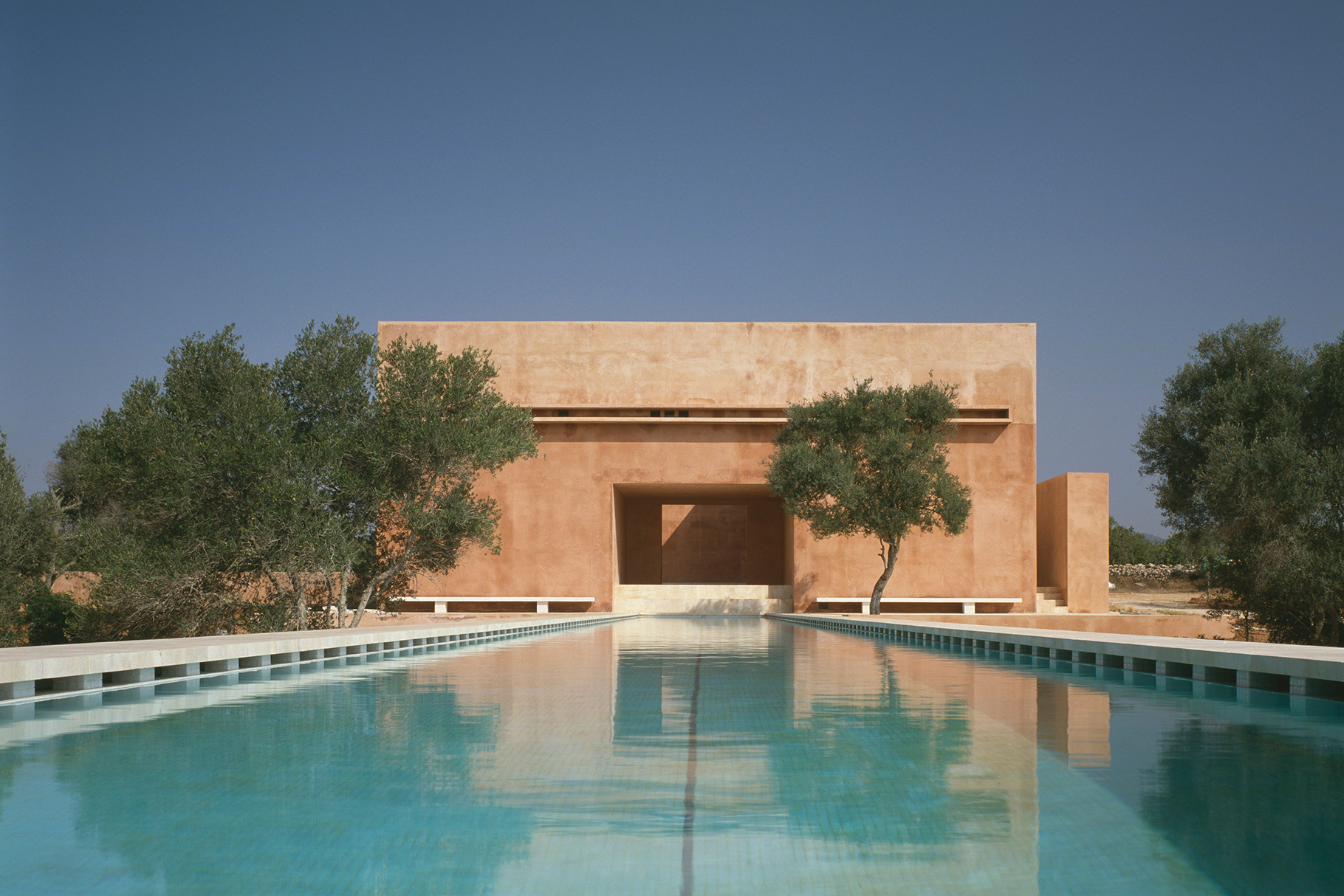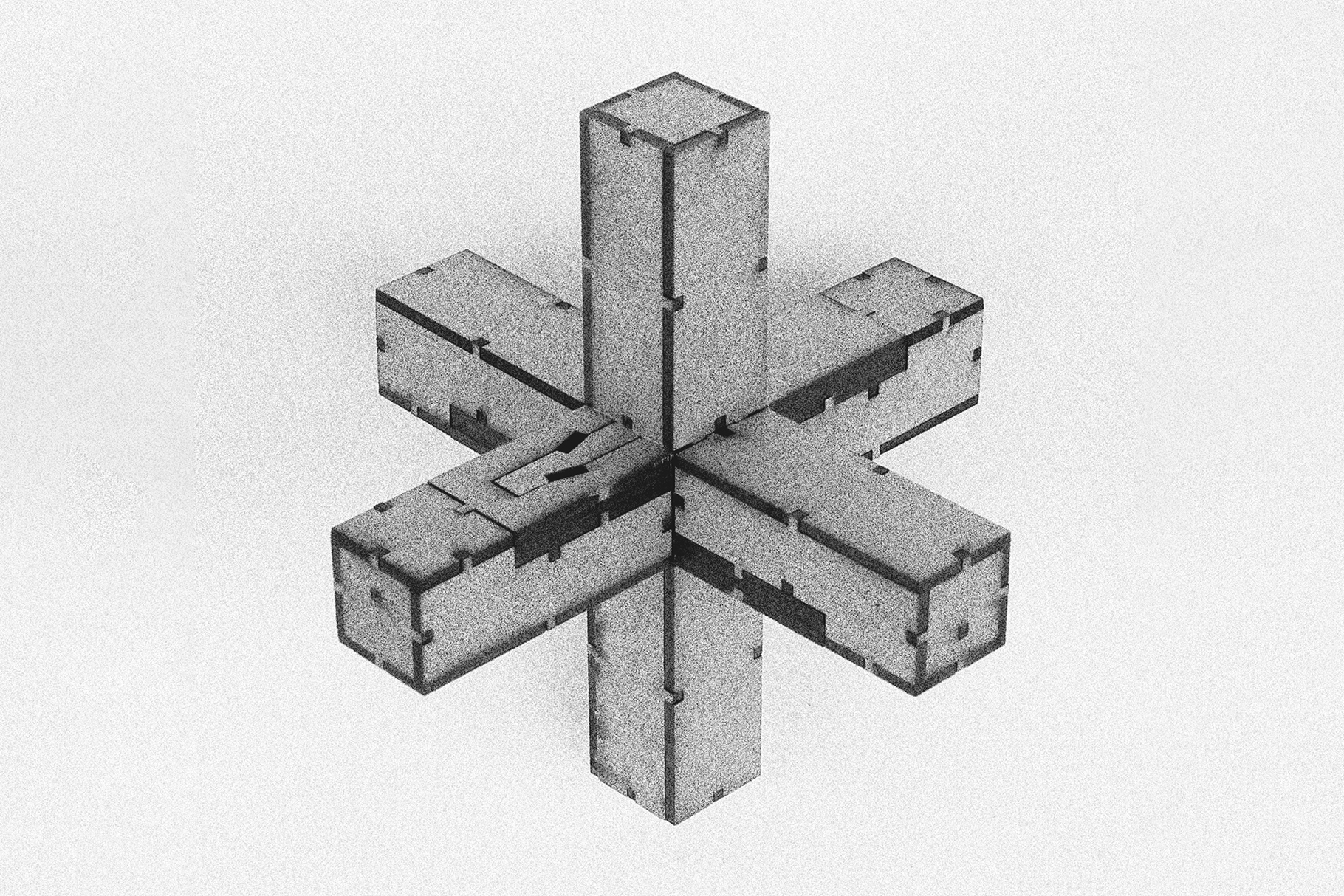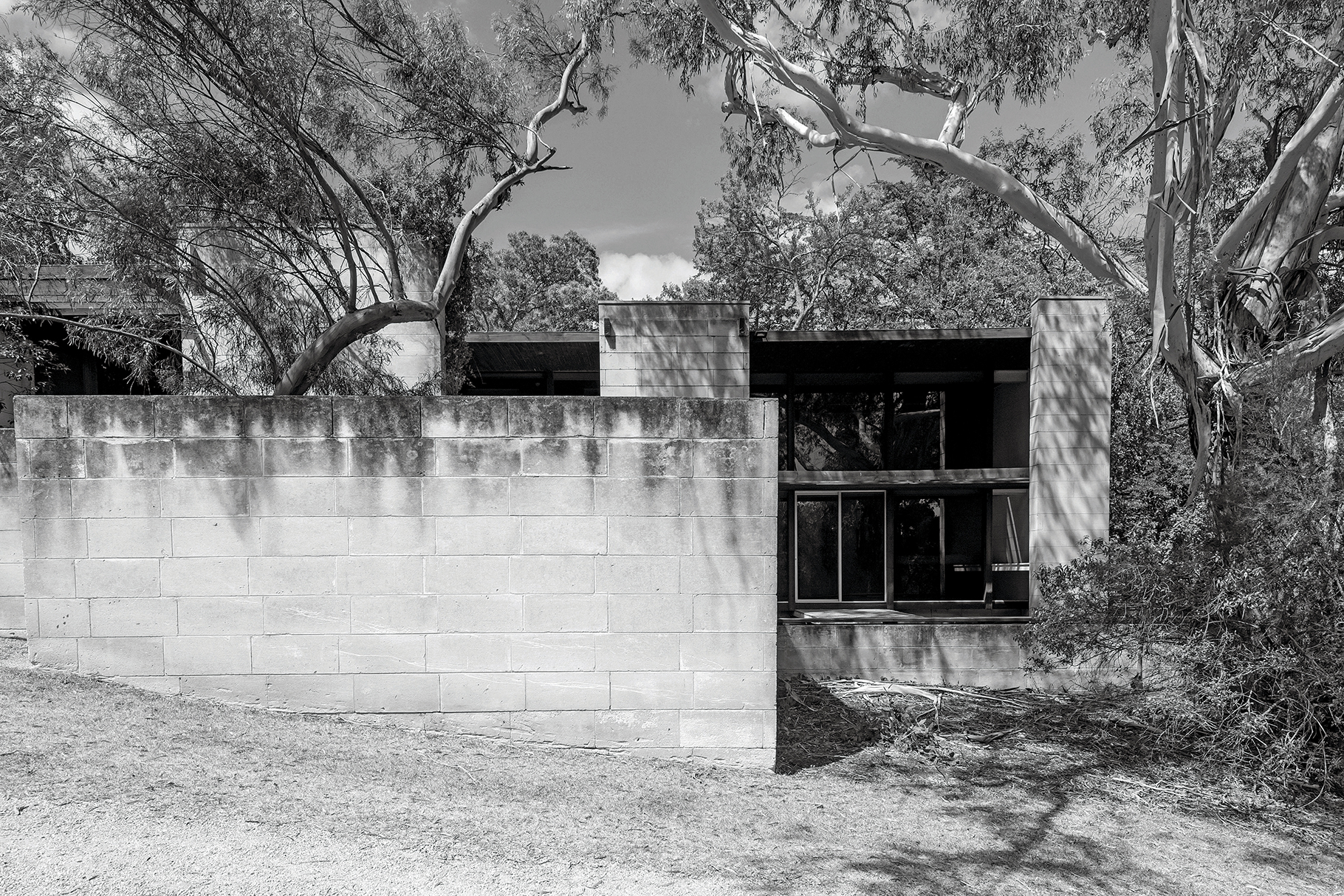A clever floor plan, the way the kitchen opens up to the garden, a beautiful design element, and a practical spot to hang your things as you walk through the front door: these are the things that we’ve come to expect from our homes.
But what about the things that we can’t quite touch, that we can’t quite see?
The way the sunlight warms your favourite Sunday spot, the way the garden grows and softens around a home over time, the feeling of stealing a few extra moments in bed simply because it’s a Saturday.
These moments are more elusive. Difficult to define but impossible to forget. We can’t anticipate such moments; they’re too intangible, too fleeting. But, they’re usually where the magic happens, both within a home and a life.
Simplicity is what grounds and inspires us at InForm and Pleysier Perkins. From the processes that carry a home from conception to completion, to the beauty that is found and felt in witnessing the final iteration of a project, simplicity drives and unites each and every member of our team.
Here, we discover what simplicity means to them.










